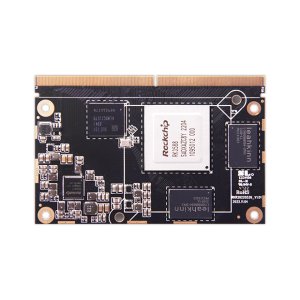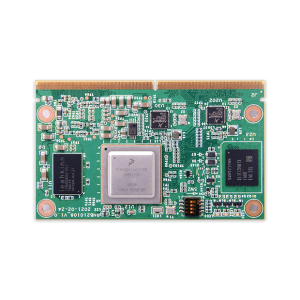Exploring the Benefits of Using Computer on Modules in Industrial Applications
Exploring the Benefits of Using Computer on Modules in Industrial Applications
Blog Article
Side processing has surfaced as a progressive development in the tech market, permitting quicker knowledge control and paid off latency by getting computational energy nearer to where knowledge is created. A vital innovation advancing this transformation may be the rise of system on module manufacturers which are compact, efficient, and adaptable computing devices built to incorporate effortlessly in to customized equipment systems.

The Role of Pc on Segments in Side Computing
Computer on Segments are becoming fundamental in edge computing for their capability to streamline equipment design while maintaining effective handling capabilities. According to a recently available report by MarketsandMarkets, the world wide edge research industry is expected to cultivate from $40.84 million in 2021 to $132.11 thousand by 2026, with COMs playing a significant role in this expansion.
These adventures are especially impactful in industries requiring real-time data evaluation at the edge. Like, the transport business utilizes COMs in autonomous vehicles for real-time decision-making, while clever cities use them to control techniques like traffic movement and energy distribution.
Compact and Versatile Style
One of the standout characteristics of Computer on Modules is their lightweight and modular design. This allows designers to integrate high-performance computing power into edge products without the necessity for extensive equipment redesign. A survey by IoT Analytics found that 68% of companies employing IoT solutions consider modular electronics like COMs critical for rapid implementation and scalability.
COMs also support tailor-made designs, making them ideal for a wide variety of purposes, from industrial automation to healthcare. Their capability to adapt to specific needs is just a driving power behind their use in side computing systems.
Power Performance and Performance
Edge research units frequently run in situations with restricted energy resources. COMs handle this concern by giving improved power efficiency without compromising on computational strength. A study by Allied Market Research highlighted that energy-efficient edge computing answers are anticipated to dominate the sector through 2030, placing COMs as a vital component for achieving that goal.
Also, with developments in processors and incorporated artwork, COMs today provide the efficiency necessary for AI-driven purposes at the edge. That not just increases real-time capabilities but also decreases dependence on centralized cloud systems.
Why the Potential Goes to COMs
With worldwide knowledge era projected to attain 175 zettabytes by 2025, edge processing is placed to be much more integrated than ever. Computer on Adventures provide an versatile, energy-efficient, and scalable answer for control this influx of data. Their relevance across varied areas like healthcare, manufacturing, and telecommunications only underscores their essential position in surrounding the future of side computing.
COMs are no more merely a scientific development; they're the backbone of next-generation side programs operating innovation and performance across the globe. Whilst the demand for edge research continues to grow, so will the significance and impact of COMs in that quickly evolving landscape. So, it's secure to express that Pc on Adventures are here to stay and will carry on surrounding the continuing future of edge computing.

Conclusion
Side processing is transforming the way we process and employ information, with Computer on Modules at the lead of this revolution. Their small design, flexibility, energy performance, and performance cause them to become a great answer for handling real-time information at the edge. As industries increasingly depend on edge processing for their procedures, COMs will play a crucial role in driving innovation and performance in these systems. Report this page